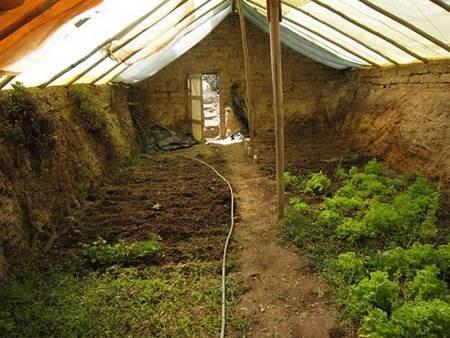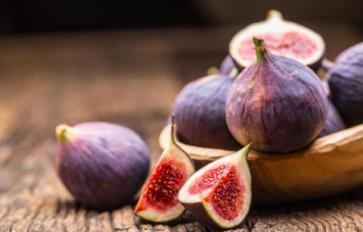
Pretty much all of us have probably heard of greenhouses. One of their main uses is to shelter plants that require regulated climatic conditions, or if you’re like my neighbors, they can be utilized to keep goats warm in the winter.
So what about underground greenhouses? What makes them so special? They seem like they would do just about the same job as your standard greenhouse, but where underground greenhouses differ is their ability to be used for growing plants throughout all seasons, even winter in cold climates. As you dig down, the earth becomes warmer. In this way, plants are protected from frost and harsh winters. This also makes larger Walipinis great for livestock in particularly harsh climates (as long as there is plenty of room to move around, and access to fresh air). Moreover, since the siding isn’t exposed to the environment, they require less maintenance of materials than traditional greenhouses do. Another advantage of placing your greenhouse underground is that they are hidden, which can be nice if you don’t want to obstruct any views. They also provide growers with an affordable, energy efficient, healthy, organic, and sustainable way to grow foods year around while utilizing whatever minimum space they may have.
An underground greenhouse is also known as a Walipini, which comes from the Aymara Indian language meaning “place of warmth”. This is because they were first discovered in South America where people were growing bananas in cold, extremely high altitudes in order to feed families and reduce poverty.
The underground greenhouse can be large and complex, or as simple as a hole in the ground with plastic sheeting over it. Plants are able to have a moist, warm environment because of the thermal constant these structures provide, which is why we can dig a few feet down into almost any place on the earth and get thermal conductivity (heat). Temperatures are said to reach about 50 and 60°F, and remain constant between 4- 8 feet down into the earth. The inside is insulted with natural heat conducting materials such as sand rock, mud, or clay. The sheet roofing absorbs the sun while the inside holds onto heat, allowing less of a need for solar energy.
So, if you want to grow leafy greens in the cold winter, try considering an underground greenhouse! A book I recommend to further help inform you more on Walipinis is The Earth-Sheltered Solar Greenhouse Book: How to Build an Energy Free Year-Round Greenhouse, by Mike Oehler. This book can fill you in on how to build your own underground greenhouse while using sustainable practices.
Grow forth my friends!
Cover Image Source: Wikimedia








